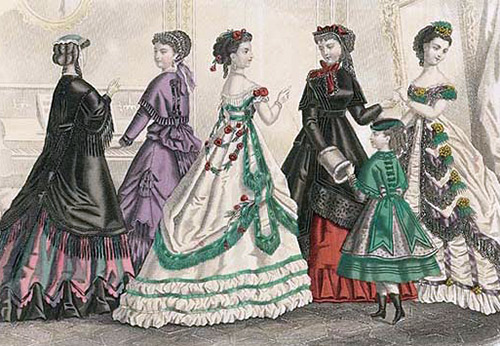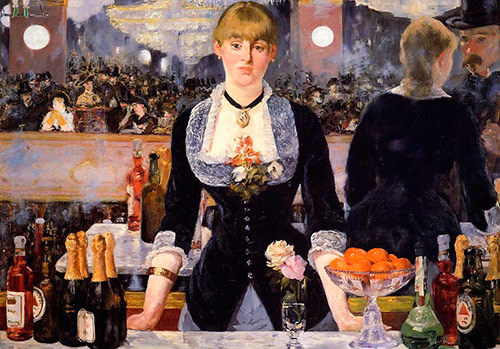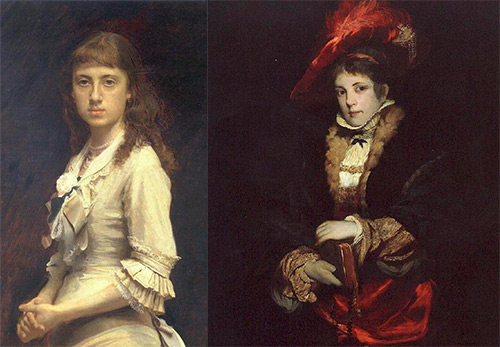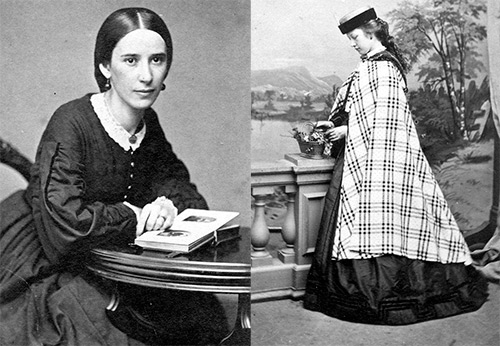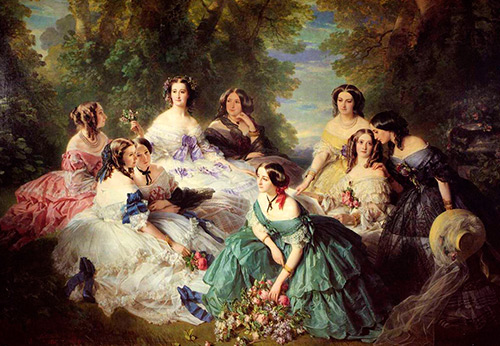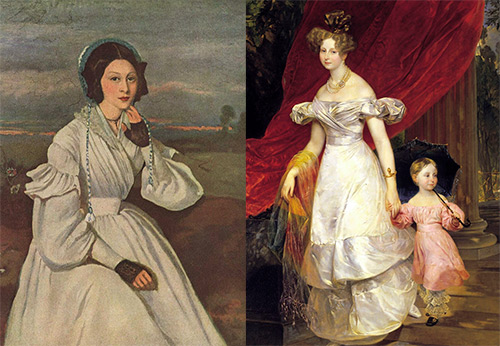Beautiful dresses
Dresses from the 1870s - bustle fashion
By the end of the 1860s, the place of crinoline on dresses was taken by the bustle, which continues into the next decade. The first half of the 70s returns to the lush and heavy forms of the costume. It would seem that relief has come - crinoline disappears, even petticoats appear that are not as heavy and uncomfortable as crinoline, but everything is not so simple. Fashion is sometimes unpredictable.
The Victorian style is becoming popular in the European market. Worth, who at the end of the previous decade gradually reshapes the silhouette and introduces the bustle, first gives it a curvy shape accompanied by luxurious decor. At that time, this invention began to be called "the back of Paris", and it spreads with incredible speed and reaches America. In Philadelphia in the mid-1870s, a collection of French dresses and suits was shown for the first time.
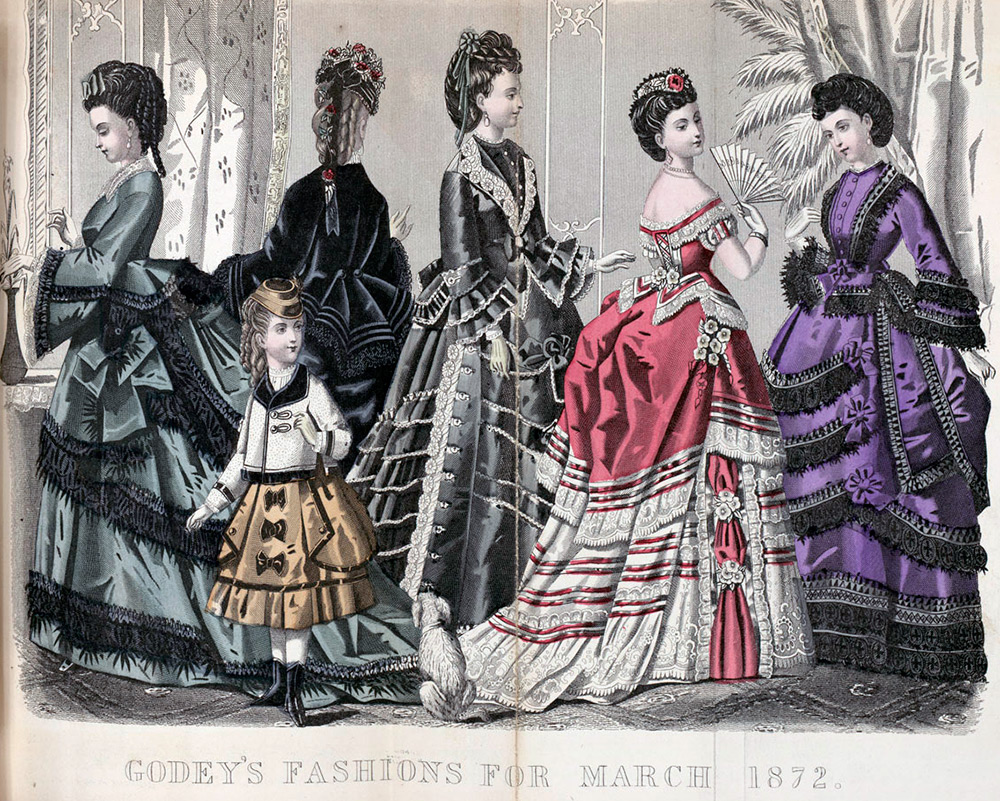
The talent of the first couturier created compositional balance in such an extraordinary silhouette, all proportions of the costume are balanced. A small form-fitting bodice of the dress in front is in a straight line with a sheer falling skirt, which fits closely to the hips. This main vertical of the suit is the pivot that holds the complex structure of the suit with the wireframe bustle.
It turned out to be something extraordinary - a bodice with a slightly high waist, a skirt with a train and a tunic that rises up and back with its draperies. In the fashion of the 1870s, there were luxurious decorative layers of draperies of different colors and textures, folds, frills, flounces, fringes, lace and other elements that adorned the entire lady's costume in abundance, and special attention was paid to the bustle.
All this richness of decor with the luxury of expensive fabrics created a somewhat overloaded, but at the same time feminine image.
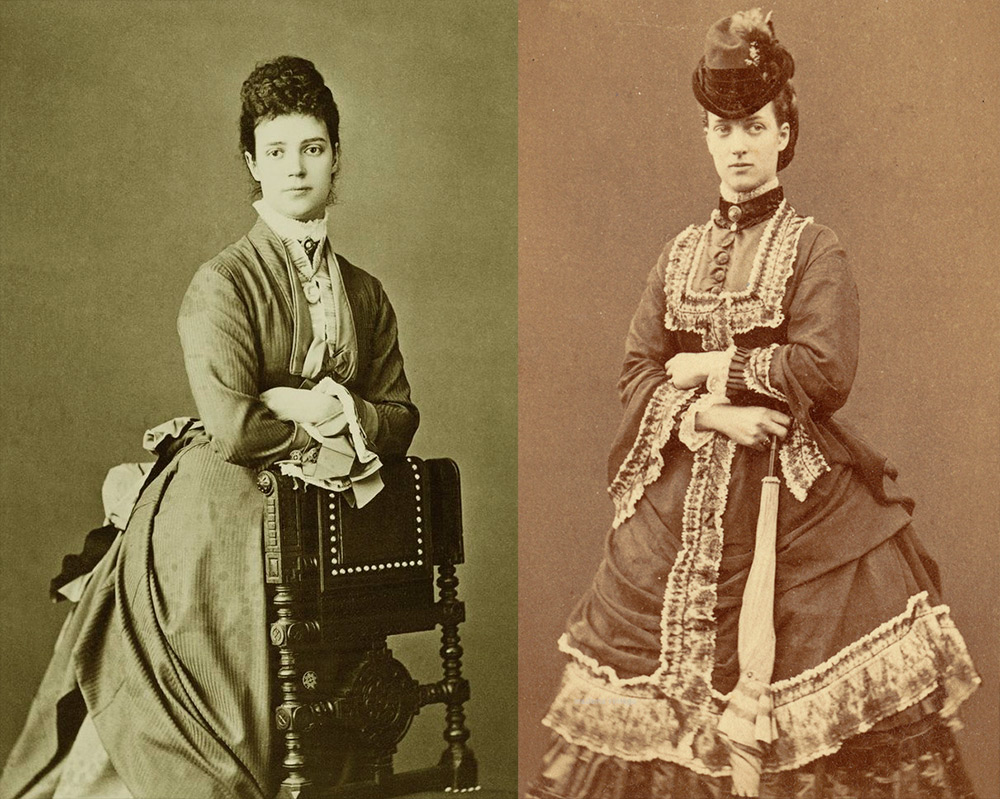
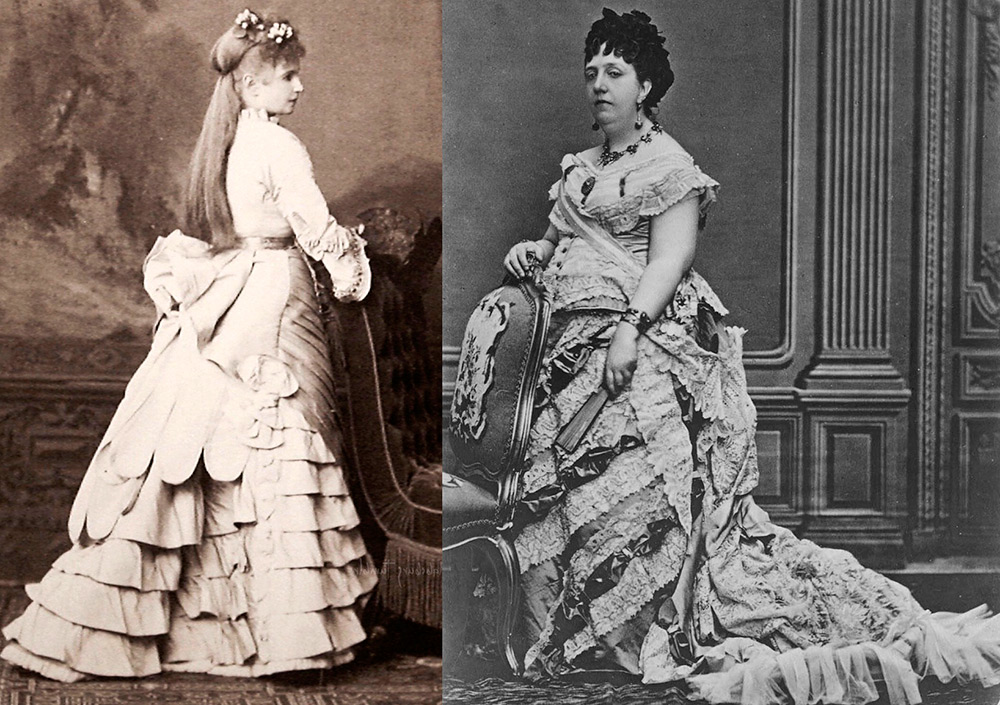
Hairstyles in the era of bustle
Hairstyles during this time also required luxurious hair. Lush curled hair, styled in a high hairstyle and with long curls extended around the neck, was decorated with artificial flowers and ostrich feathers. On the head of the lady was a small hat, which was worn directly above the forehead.
In the fashion of the 1870s, elements reminiscent of the Renaissance era, as well as hobbies for oriental art, were noticeable. Fashionistas fell in love with Japanese kimonos, which were worn as home clothes, fabrics with oriental patterns.
And what should be worn as outerwear when such an immense bustle complex has been built? The best option was wide African burnoes, various capes, mantilla and many other similar things. In order for the lady to be able to hold this entire structure on her shoulders and hips and at the same time feel comfortable, the costume masters were constantly looking for internal supports, and more simply frames.
The crinoline went down already in 1867. To replace it, Worth offered women a bustle. At that time, it was often said that this idea of the fashion designer was prompted by the sight of a woman who, while cleaning the room, for convenience, pulled up her skirt just above the knees and gathered it at the back.
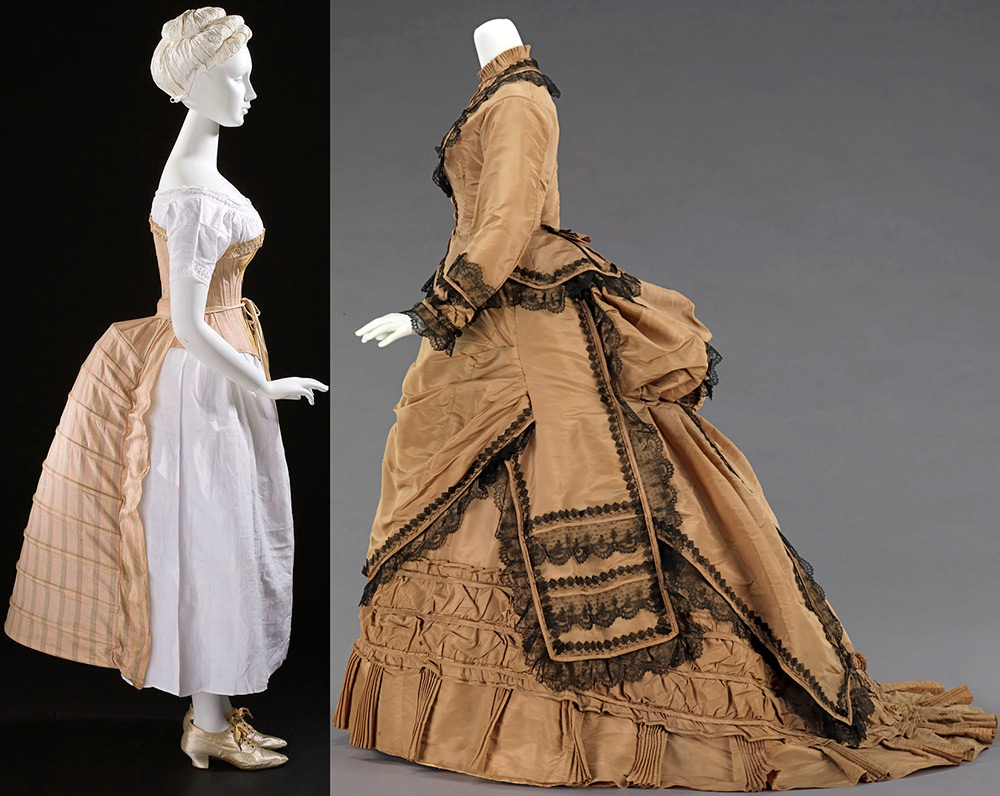
The bustle, like many innovations introduced by the great fashion designer, was a resounding success. It was a knee-length skirt worn over the main skirt and gathered at the back into folds or ruffles. The support for the skirt was a pillow stuffed with straw or horsehair, a cotton roll, or a frame made of hoops bent at the hips. For less wealthy ladies, a soft bustle was created by a pillow with crumpled newspapers. In general, the bustles had a different design.
For more modest and casual clothes, a short bustle was worn at the belt with a roller and frills made of horsehair fabric and reinforced along the edge with whalebone plates. Sometimes a petticoat was used, on which a rigid part was reinforced over the buttocks.
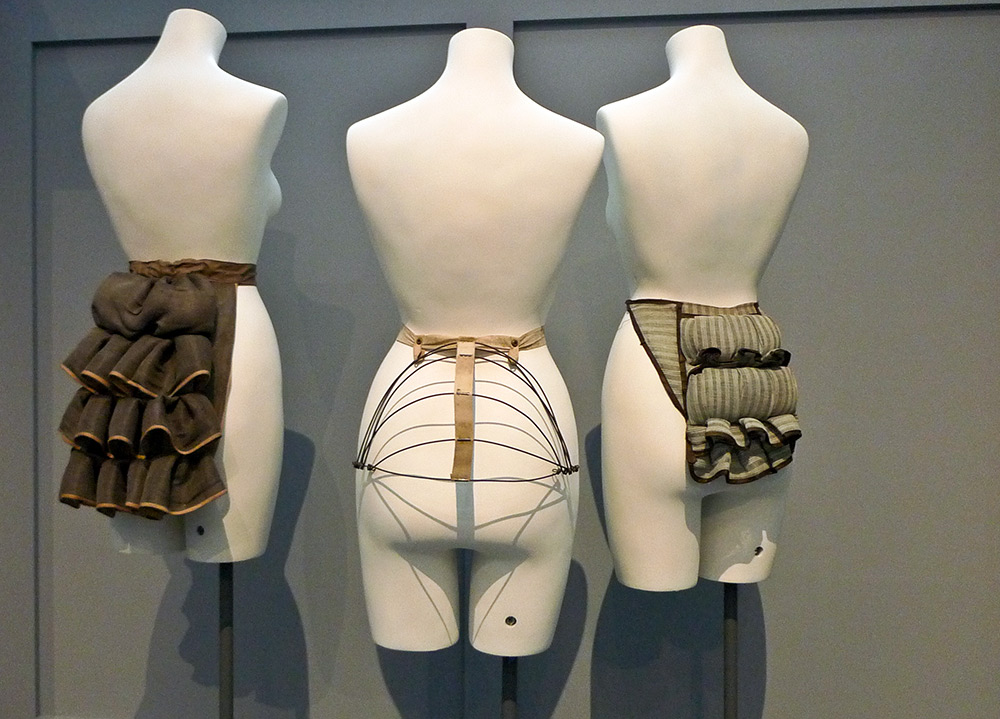
A soft petticoat with hoops on its back half was also used.The hoops were made of steel wire. The mainstay of the women's suit was a corset, the design of which was quite rigid. The peculiarity of this corset was that it provided for a sharp expansion of the basque in the lateral parts. This created an almost horizontal platform above the hips, allowing for the placement of bulky bustles and layered tops at the waist.
By 1870-th fashion became more sophisticated, pastel shades prevailed in clothes. The neckline of the bodice was often made square; for an evening dress, a deep neckline was supposed. Sleeves were three-quarters or long, ended with lace cuffs, and evening sleeves could be sleeveless. Draperies, folds, laces, ribbons, bows and bows, embroidery were the main decorative elements.
By 1875 year, the colors have become more saturated, and the silhouette is more elongated. The bustle is declining. At the same time, the bodice was smooth and tight-fitting, and the lines of the waist and hips were emphasized.
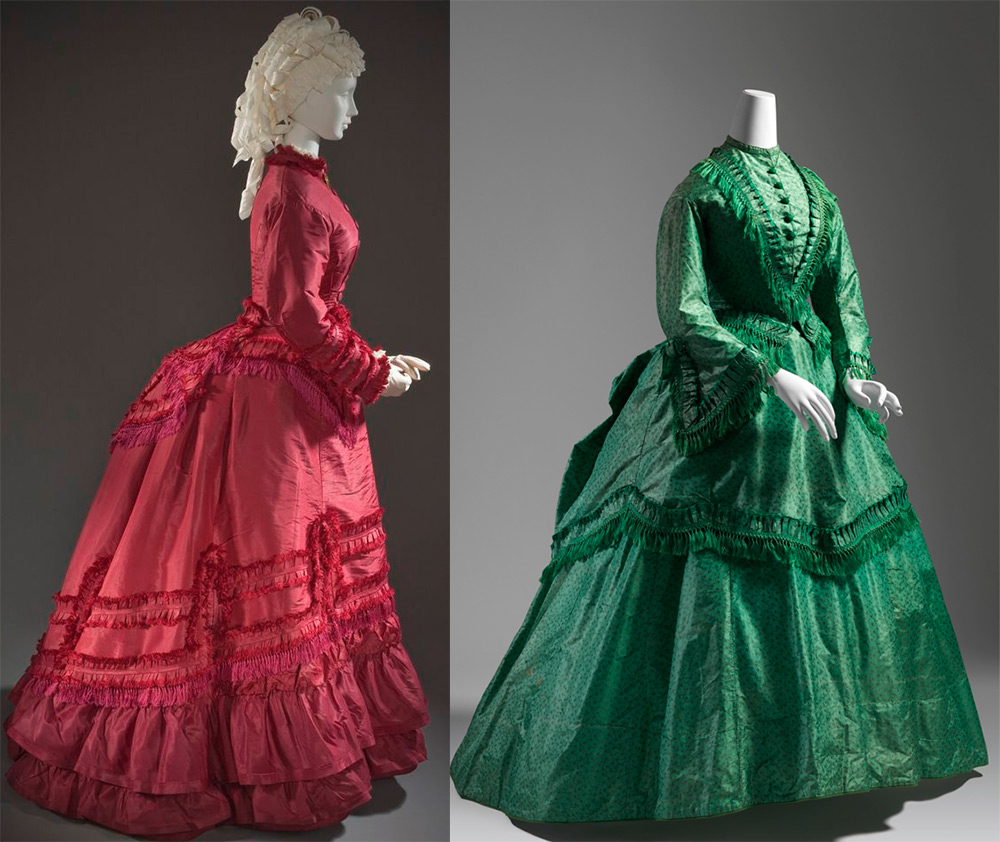
By 1876 cut became especially popular in the year “Princess"With an elongated form-fitting carapace bodice. Dresses become narrower, lush folds in the back fall lower and lower, forming a fishtail tren. By the way, this train in the form of a fish tail dangled from side to side when walking, and in order to make it more comfortable for the lady, a special loop was relied on at the end of the trainer, which could be thrown over the hand and moved more freely. In some dresses, the tren could be unfastened and washed.
Shoes for dresses with bustle
The heels on the shoes changed the position of the body, slightly tilting it forward, at that time they were about 4 cm and wide. The most common shoe color was black, but ivory or kid leather was used for wedding and ball gowns. Boots with elastic side inserts have become popular. The shoes were decorated with tassels and bows.
Decorations
From jewelry, except for precious necklaces, velvet around the neck with a pendant in the shape of a heart has become popular. The fashion of this era reflects the tastes of the big bourgeoisie, the splendor of bourgeois salons.
Often in the history of fashion this period is called "positivism", from the word positive - positive. The trend manifests itself in the overloaded and eclectic decor of bustle dresses, costumes and interiors. An abundance of details, ornaments, excessive luxury, a demonstration of the value of things and the wealth of clothes, in a word - chic. Such a definition can be given to the fashion of the 1870s.
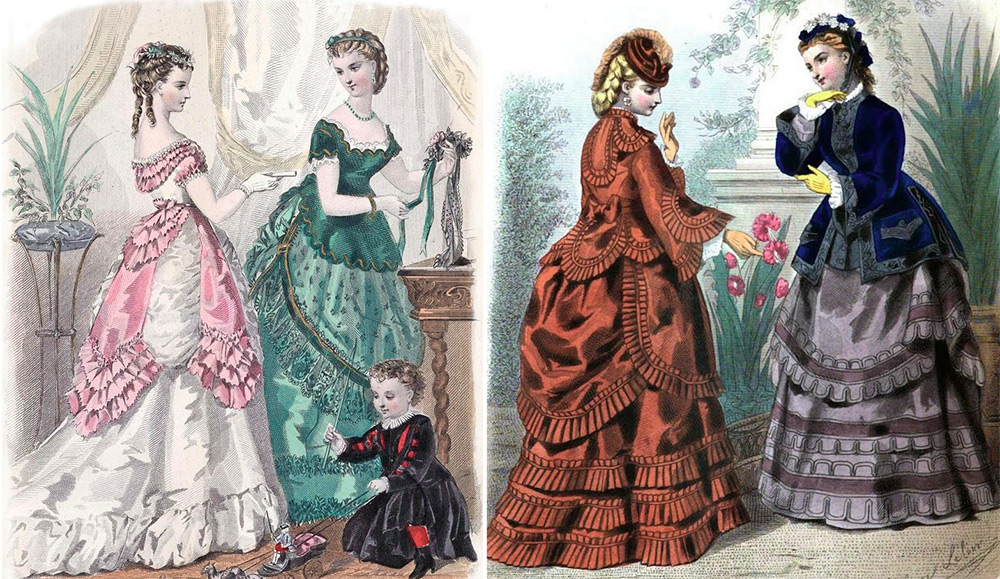
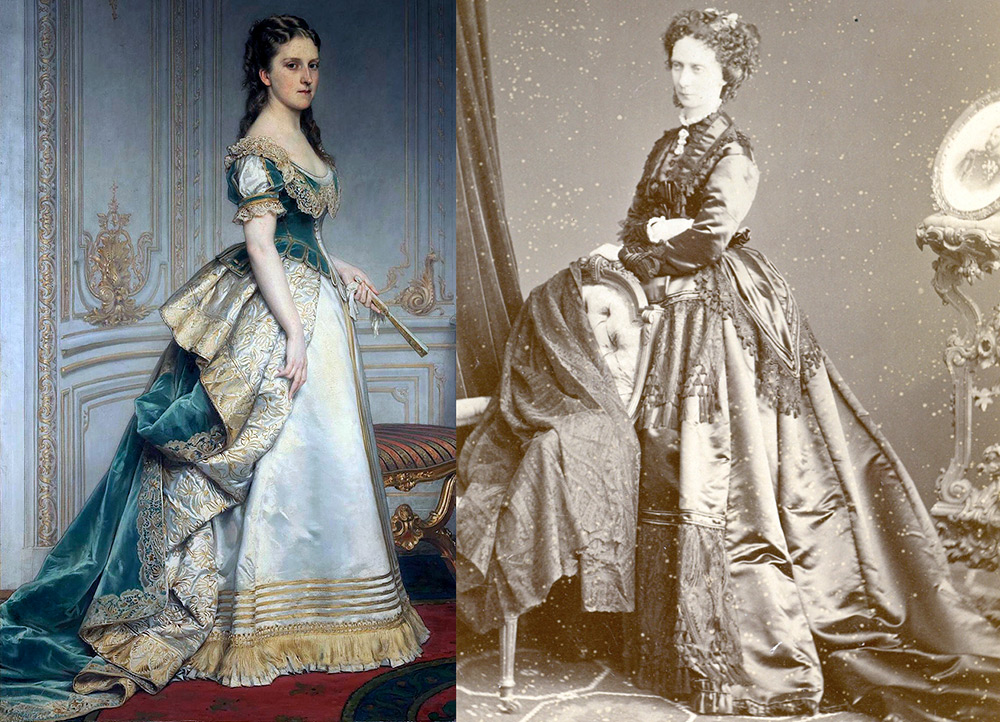
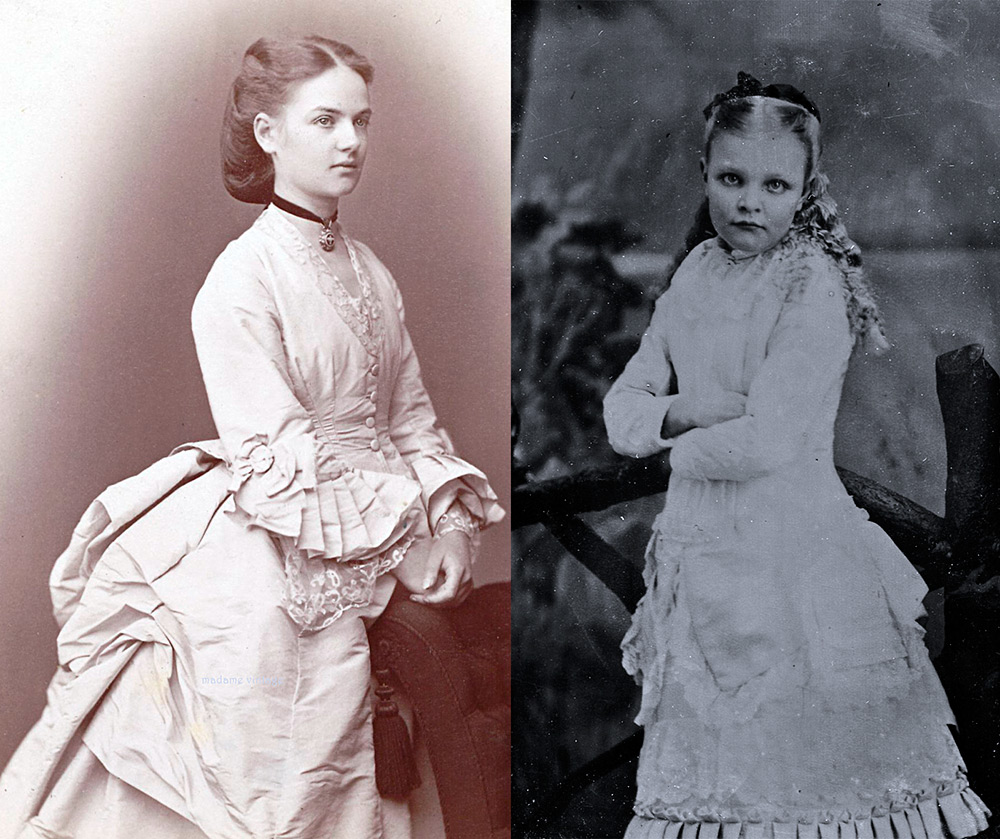
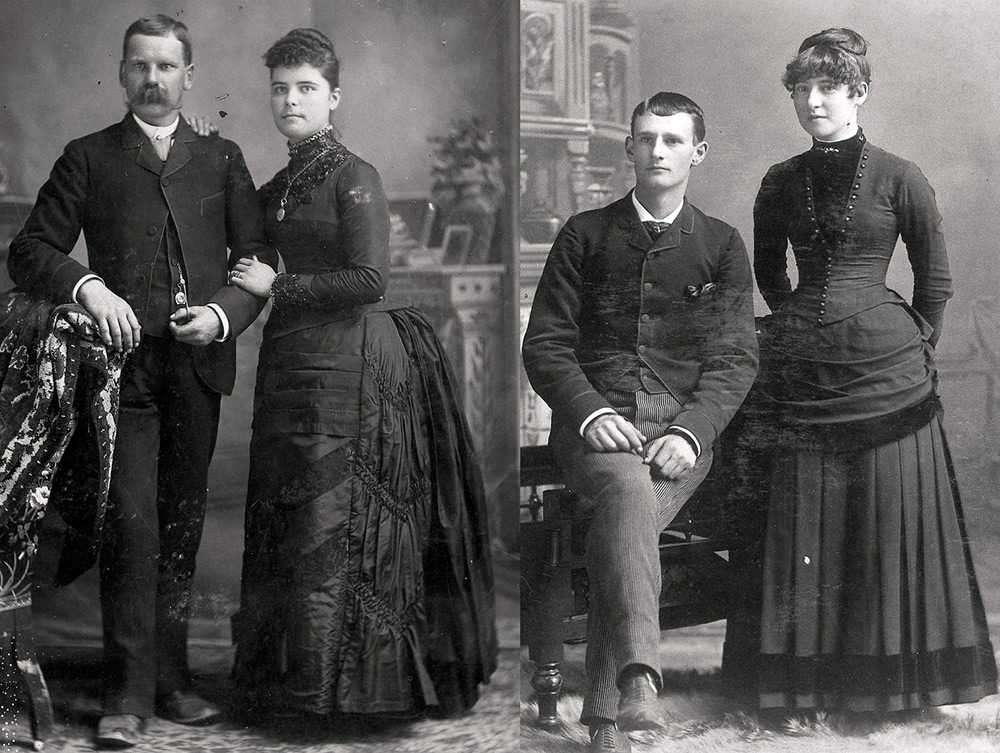
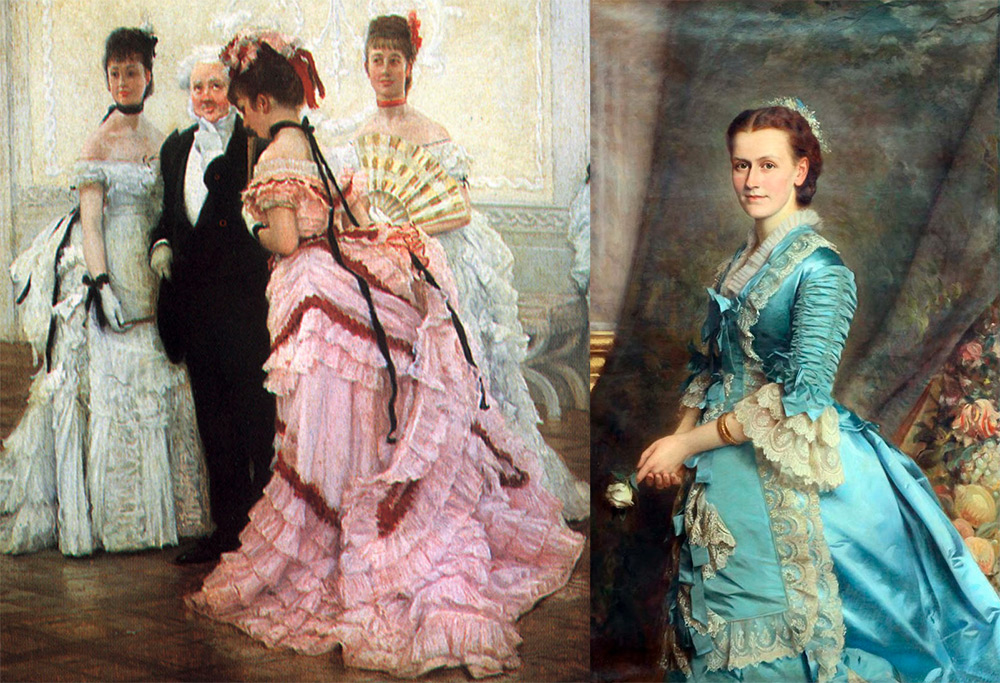
Comments and Reviews
Add a comment
Similar materials
Rating news
Shades of clothing that make women look younger
What shades of hair make women younger: rules and photos
Funny wedding dresses - photos and ideas
12 most expensive down jackets for the winter
How to look 25 at 40: tips from supermodels
Beautiful schoolgirls
Anti-aging haircuts and hairstyles for women
Fashionable skirts for autumn and winter
Fashionable women's trousers for the cold season
Fashionable and stylish sandals for summer 2024
Spring-summer 2024
 Fashionable dresses and tops with thin spaghetti straps
Fashionable dresses and tops with thin spaghetti straps
 Bandana tops: how to wear stylishly and beautifully
Bandana tops: how to wear stylishly and beautifully
 How to put together the perfect men's wardrobe for the summer
How to put together the perfect men's wardrobe for the summer
 Trendy shorts for spring-summer 2024
Trendy shorts for spring-summer 2024
 Fashionable skirts for spring-summer 2024: a guide to online shopping
Fashionable skirts for spring-summer 2024: a guide to online shopping
 The most fashionable dresses spring-summer 2024: styles and colors
The most fashionable dresses spring-summer 2024: styles and colors
 Fashionable total look 2024: image ideas and trends
Fashionable total look 2024: image ideas and trends
